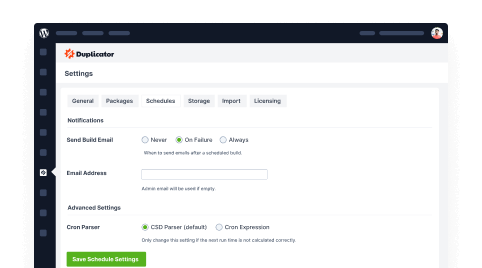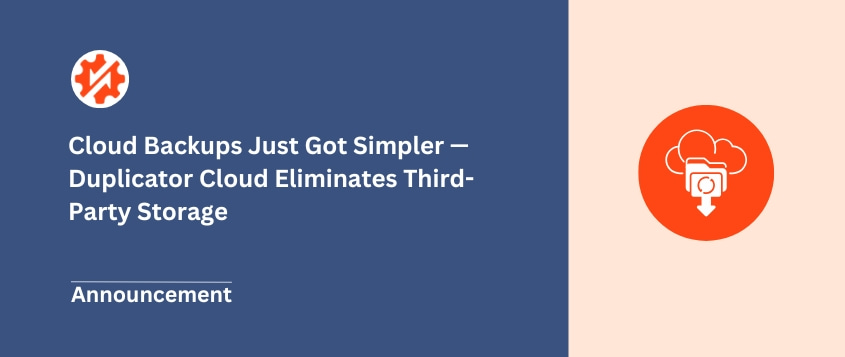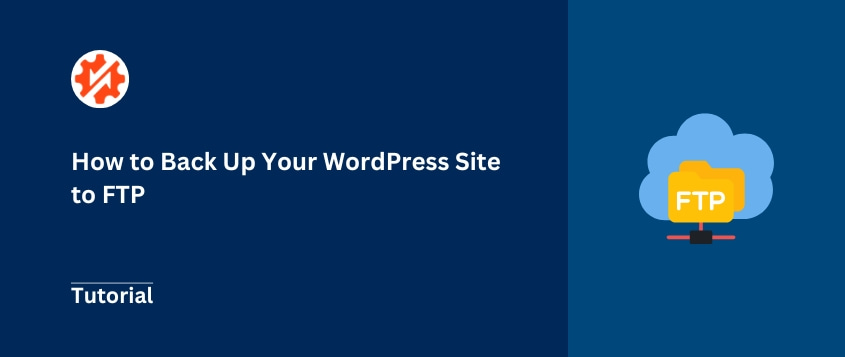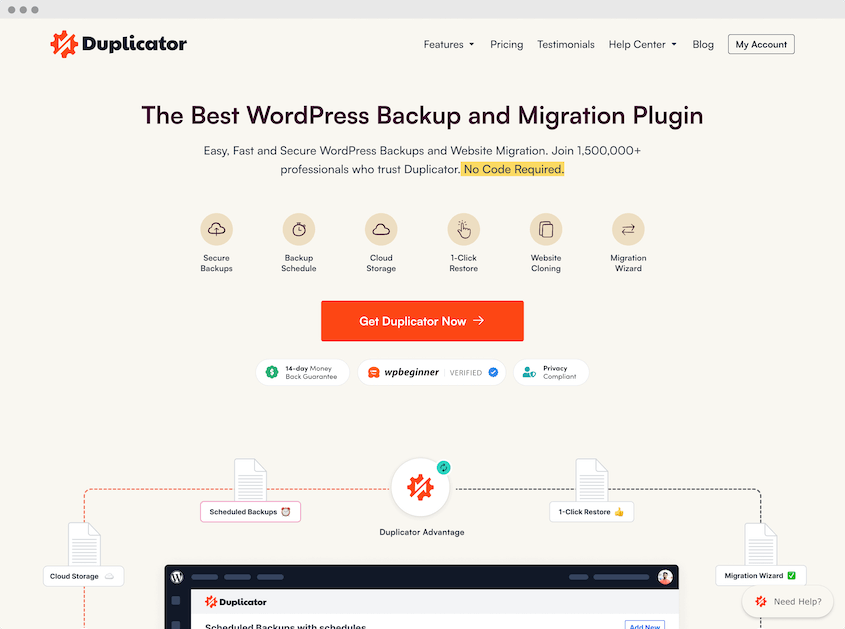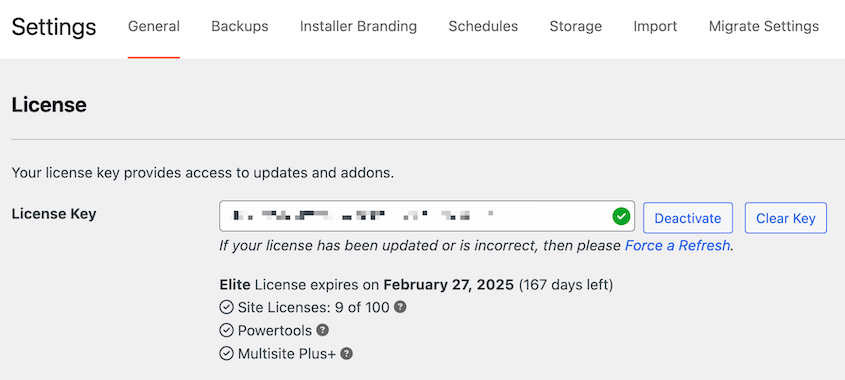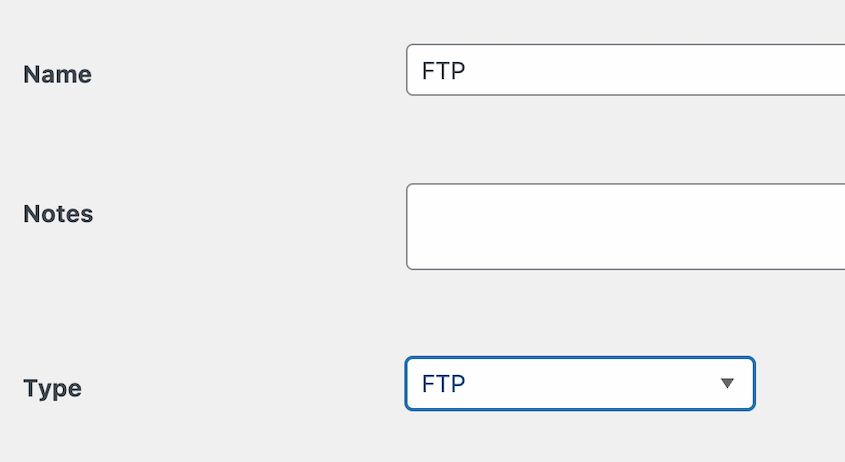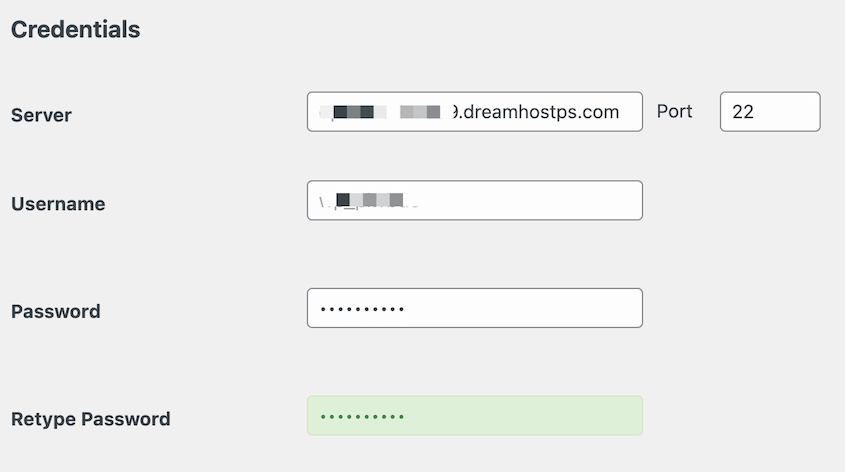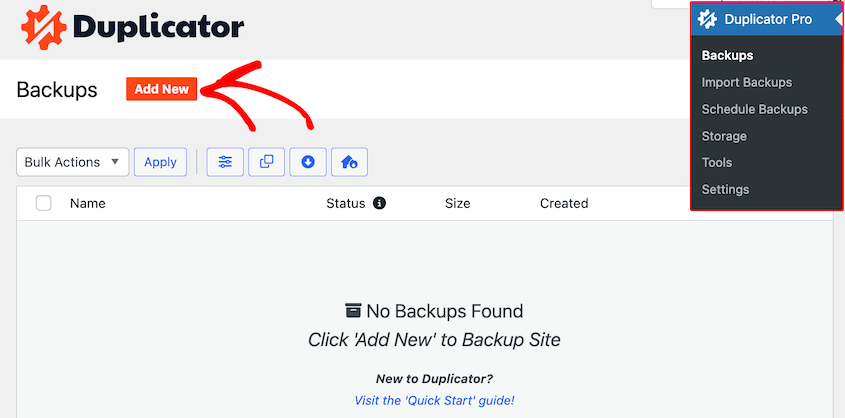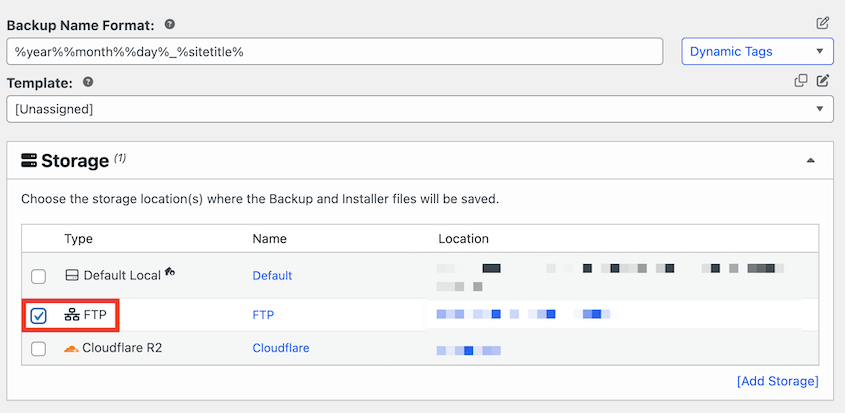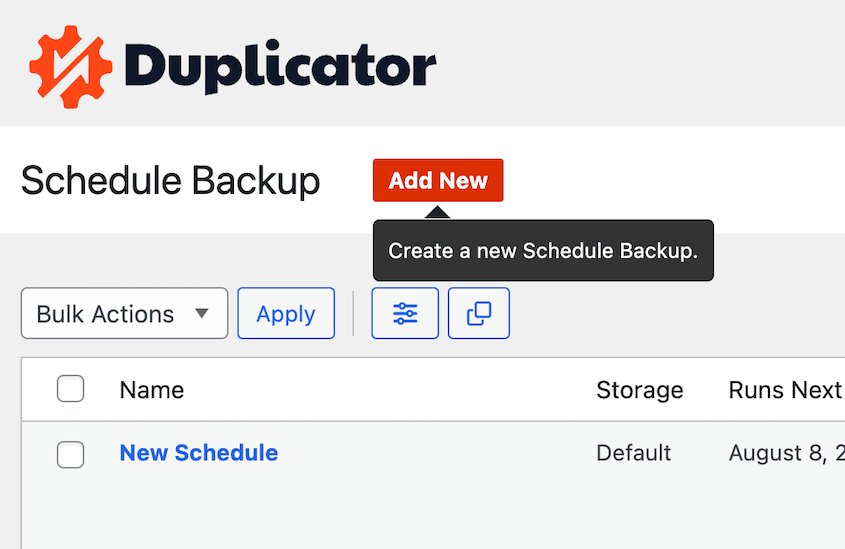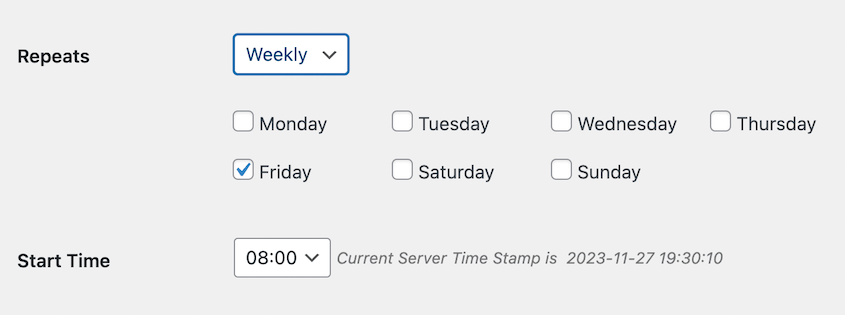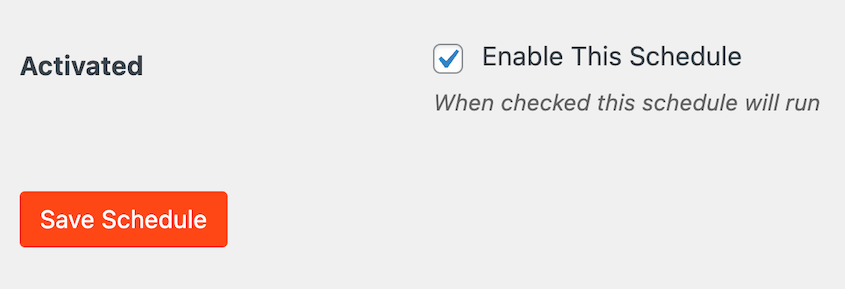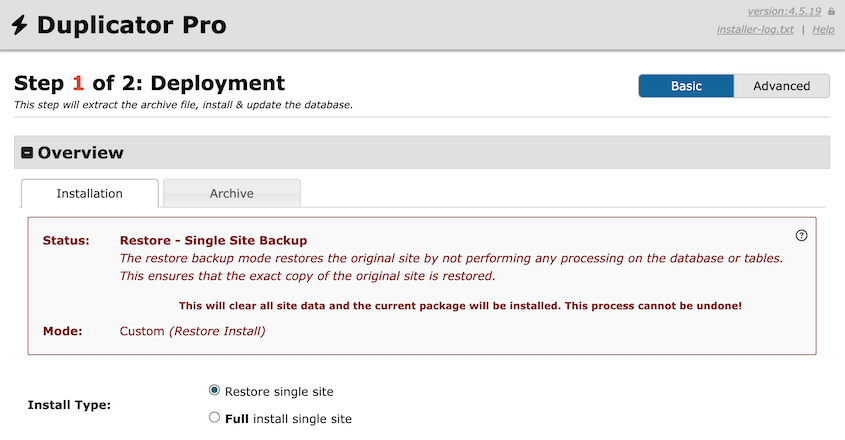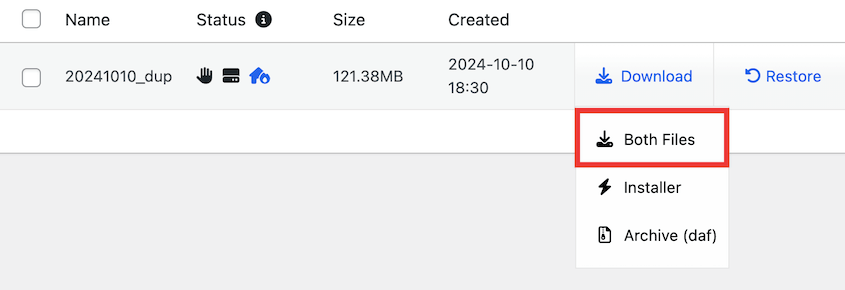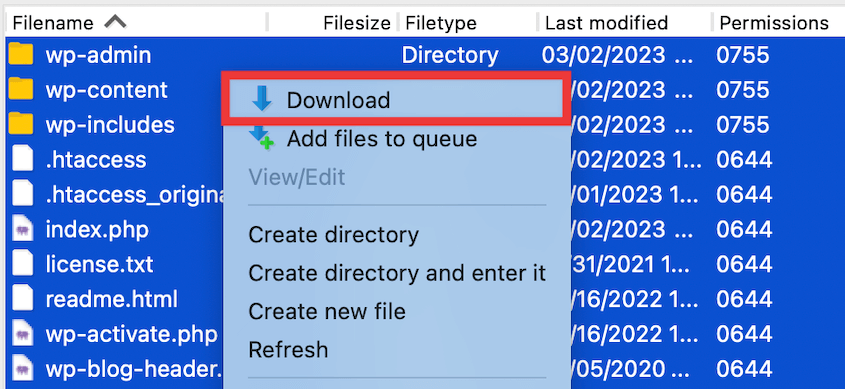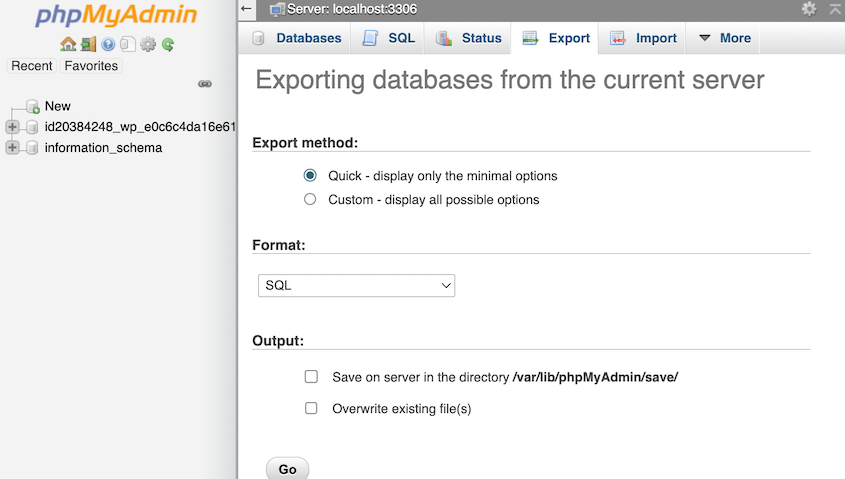One minute everything’s running fine. The next, you’re staring at an error message where your carefully crafted WordPress website used to be.
I’ve been there. So have thousands of other WordPress users who thought their hosting provider’s basic backups were enough protection.
Here’s what I’ve learned: FTP backups offer something different. They’re not flashy or cutting-edge, but they work really well.
FTP (File Transfer Protocol) gives you direct access to store your WordPress backups on a separate server. Think of it as your insurance policy that lives somewhere else.
This complete guide will walk you through everything you need to know about FTP backups for WordPress.
We’ll cover what FTP is, why it beats other backup solutions, and most importantly – how to set up WordPress FTP backups that run automatically.
Let’s get your website data safely stored somewhere your hosting provider can’t touch!
Table of Contents
What Is FTP?
FTP stands for File Transfer Protocol. It’s a way to move files between computers, specifically between your local machine and a remote server.
When you use FTP with WordPress, you’re getting a direct line to your server’s file system.
No web interface. No restrictions from your hosting control panel. Just you and the files that make your website work.
You can browse through your WordPress core files, themes, plugins, and media uploads like you would browse folders on your own computer.
But here’s where it gets better: SFTP.
SFTP (Secure File Transfer Protocol) is FTP with encryption added on top. Every file that moves between your computer and the server gets scrambled so nobody else can read it during transfers.
Always use SFTP when possible. The “S” matters more than you might think.
For WordPress users, FTP and SFTP allow you to directly manage everything that makes your site tick.
Want to upload a custom WordPress theme? Download your entire uploads folder? Grab a copy of wp-config.php? FTP handles it all.
This direct access is why FTP works so well for backups.
You’re not relying on your hosting provider’s backup interface. You’re talking directly to the server.
Why Back Up Your Site to FTP?
The biggest reason to back up your WordPress site to FTP? True off-site storage.
If your hosting provider’s server crashes or gets compromised, your FTP backup sits safely on a completely different server.
You get full control over your backup files. No exclusive formats. No subscription requirements to access your own data. Just standard zip files you can open with any tool.
Large sites benefit especially from FTP backups. Web-based backup systems often time out when dealing with thousands of images or hefty databases. FTP connections can handle bigger transfers more reliably.
For disaster recovery, FTP backups are the gold standard. Whether you’re dealing with a hack, server crash, or an accidental deletion, having a complete off-site copy changes everything.
Here’s another benefit people don’t talk about enough: hosting independence.
Your FTP backup works regardless of who hosts your site. Planning to switch hosting providers? Your backup comes with you, no questions asked.
FTP Backups vs Other Backup Methods
Hosting provider backups are convenient. Most hosts set them up automatically, and restoring usually involves clicking a button in your control panel.
But convenience comes with catches. Host backups might only run weekly (or less often). If something goes wrong, you might get stuck waiting for their support team to handle the restore.
Worse, these backups often live on the same infrastructure as your live site. If the data center has problems, both your site and backups could disappear together.
Generic cloud services (like Dropbox or Google Drive) offer off-site storage. Popular plugins make this pretty simple to set up.
The difference with FTP is control. With FTP, you decide exactly which server stores your backups and where on that server they go. You’re not limited to whatever cloud services your plugin supports.
FTP backups give you granular control over storage. You can set up your own dedicated backup server, use a specialized FTP backup service, or point to any server with FTP access.
It’s a solid, independent option that fits well into a proper 3-2-1 backup strategy: 3 copies of your data, on 2 different types of media, with 1 stored off-site.
What Do You Need for FTP Backups?
Before you can back up your site to FTP, you need the right credentials and setup.
FTP/SFTP credentials are your keys to the backup server. You’ll need:
- Hostname
- Username
- Password
- Port number
Your web host provides these credentials. Look for “FTP Access” in your hosting control panel.
For example, DreamHost users can find this information under Websites » SFTP Users & Files » Login Info.
You’ll also need an FTP destination server. This must be separate from your WordPress web server.
Options include another server you control, a dedicated FTP backup service, or cloud storage that offers FTP access. The key is making sure it’s not the same infrastructure hosting your WordPress site.
I recommend using a WordPress backup plugin that supports FTP/SFTP storage, like Duplicator Pro. These plugins can back up your WordPress site and send the files to your FTP server.
The manual alternative involves using FTP client software like FileZilla or Cyberduck. This works, but you’ll need to handle the database export separately and remember to run backups regularly.
WordPress sites can be anywhere from a few hundred megabytes to several gigabytes. Plan to have sufficient storage space, especially if you’re keeping multiple backup versions.
How to Back Up WordPress to FTP
WordPress website backups to FTP aren’t as difficult as you might think. Let me show you how to do it, step by step!
Step 1: Install a Backup Plugin with FTP/SFTP Storage
Skip the manual headaches and use a plugin. Seriously.
Plugins handle the backup process and transfer to different locations. Through automation, they reduce the chance of forgetting crucial steps or making errors that could corrupt your backups.
Duplicator Pro is a solid choice that offers FTP and SFTP storage options. It’s designed specifically for WordPress migrations and backups, so it knows how to handle the quirks that come with different hosting environments.
To access FTP storage, be sure to upgrade to Duplicator Pro. You’ll also get premium features like automatic backups and drag-and-drop migrations.
Save your license key. After you install Duplicator Pro, go to Settings and activate the license.
Step 2: Create a New FTP Storage Location
Now comes the important part: connecting your plugin to the FTP backup destination.
Click on Storage » Add New. This is where you’ll add your FTP server details.
Name the new backup storage location. Choose FTP as the Type.
When you create a new FTP/SFTP location, you’ll need to fill in several fields:
- Server
- Port
- Username
- Password
Be sure to check with your web host if you’re not sure what your credentials are.
The Storage Folder is the specific folder on your FTP server where backups will be stored.
Create different paths for different sites if you’re backing up multiple WordPress installations.
You can also specify how many backups you want to keep on the server. Once the limit is reached, Duplicator will delete old backup files.
After this, save the new FTP storage location.
Here’s the critical step everyone should do: Test the connection.
Hit the Test Storage button. If it fails, double-check your credentials before moving forward.
Step 3: Create an FTP Backup
With your FTP storage configured and tested, it’s time to create your first FTP backup.
In Duplicator, find Backups » Add New.
Select your new FTP storage location.
You’ll see options for what to include in your backup. Most of the time, you want both files and database selected.
For a full backup, choose the Full Site backup preset.
Hit Next. Duplicator will provide a full site scan.
This verification step catches issues early. It’s better to discover a problem with your first backup than with your first emergency restore.
Start the backup. After the backup completes, verify it actually worked.
Log into your FTP server using an FTP client and navigate to your remote path. You should see your backup file sitting there, with a file size that makes sense for your site.
Step 4: Set Up Automatic FTP Backups
You’ll forget to run manual backups. Everyone does. The sites that survive disasters are the ones with automated backups running consistently in the background.
To set up an automatic backup, find Schedule Backups » Add New. This is where you schedule regular, hands-off backups to your FTP server.
Name the schedule. If you want to only save certain files, create a backup template.
Next, choose the FTP storage location.
Decide between hourly, daily, weekly, or monthly backups. Choose your backup frequency based on how often your site changes.
Check the box at the bottom to enable the schedule. Hit Save Schedule.
How to Restore an FTP Backup
When disaster strikes, you need to get your site back online quickly.
The easiest restoration method uses the same plugin that created your backup. With Duplicator, you have two main options.
For a complete site restoration, download your backup archive and the installer.php file from your FTP server.
Upload both files to your web server (either to replace your existing site or to a new hosting account).
Then browse to yourdomain.com/installer.php and follow the setup wizard.
The installer walks you through database configuration and file deployment. It’s designed to work even when your original WordPress installation is completely broken.
Duplicator also offers one-click restores from your WordPress dashboard. This works great when your site is still functional but you need to roll back to a previous state.
Always test your restored site thoroughly. Check that pages load correctly, forms work, and your admin area is accessible.
Troubleshooting Common FTP Backup Issues
When FTP connections fail, it’s usually a credentials problem. Double-check your hostname, username, password, and port numbers. Typos are more common than you’d think.
Firewalls can also block FTP connections. Your WordPress server or the remote FTP server might be blocking the required ports. Contact your hosting provider if you suspect firewall issues.
Server resource limits are often the culprit of backup timeouts. WordPress hosting accounts have limits on PHP memory and execution time. Large backups can hit these limits.
Check your backup plugin’s log files for specific error messages. Look for “memory limit exceeded” or “maximum execution time” errors.
Some plugins offer settings to work around resource limits, like processing backups in smaller chunks or using different compression methods.
If some backup files are missing, this usually means your FTP server ran out of storage space during the upload. Check your available space and clean up old backups if needed.
File permission issues on your WordPress site can also prevent the plugin from reading all files. Your hosting provider can help fix permission problems.
When troubleshooting any backup issue, always check your plugin’s log files first. They contain specific error messages that point you toward the real problem.
Frequently Asked Questions (FAQs)
How do I reinstall WordPress from FTP?
Reinstall WordPress from FTP by downloading the latest WordPress files, deleting the /wp-admin and /wp-includes folders via FTP, and uploading fresh copies from the new download. Keep the wp-content folder and wp-config.php file intact to preserve your site content and settings.
How do I back up a WordPress site to a local computer?
Most WordPress backup plugins let you download backup archives directly to your computer. Look for a Download option next to your completed backups.
You can also use an FTP client to connect to your live site and download all WordPress files and folders to your computer. This gives you all the files but misses the database.
For the database, log into phpMyAdmin through your hosting control panel, select your WordPress database, and export it as a .sql file. Save this file locally alongside your downloaded WordPress files.
What is the backup file path for WordPress sites?
Backup plugins usually store temporary files in wp-content/. Duplicator uses wp-content/backups-dup/. Other plugins create their own named folders. The WordPress backup file extension is typically .zip.
How do I back up my site using an FTP client?
Back up your site using an FTP client by connecting to your web server, selecting all website files and directories, and downloading them to a secure folder on your computer. Use clients like FileZilla or Cyberduck to manage transfers and ensure you capture all critical site data.
However, I’d recommend you back up your WordPress site using a plugin like Duplicator. Instead of dealing with manual WordPress backups, the plugin will compile and save your data for you.
Secure Your Peace of Mind with FTP Backups
FTP backups give you something that’s hard to put a price on: real control over your WordPress site’s safety.
When you set up automated SFTP backups to an off-site server, you’re building a safety net that works independently of your hosting provider.
Your backups will survive server crashes, hosting company failures, and those middle-of-the-night emergencies that used to keep you awake.
You control where your data goes, you can access it anytime without depending on third-party services, and you’re protected from server-level disasters that could wipe out everything on your hosting account.
Ready to set up bulletproof backups for your WordPress site? Duplicator Pro makes FTP backups simple with automated scheduling and one-click restores. Try it out today!
Get the peace of mind that comes from knowing your site’s data is safe!
While you’re here, I think you’ll like these hand-picked WordPress guides:
Joella is a writer with years of experience in WordPress. At Duplicator, she specializes in site maintenance — from basic backups to large-scale migrations. Her ultimate goal is to make sure your WordPress website is safe and ready for growth.

